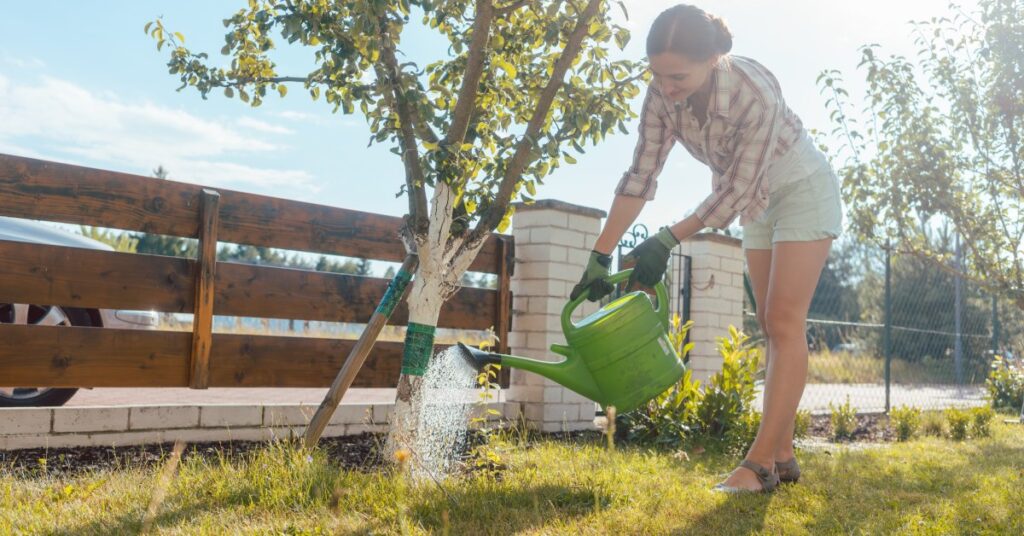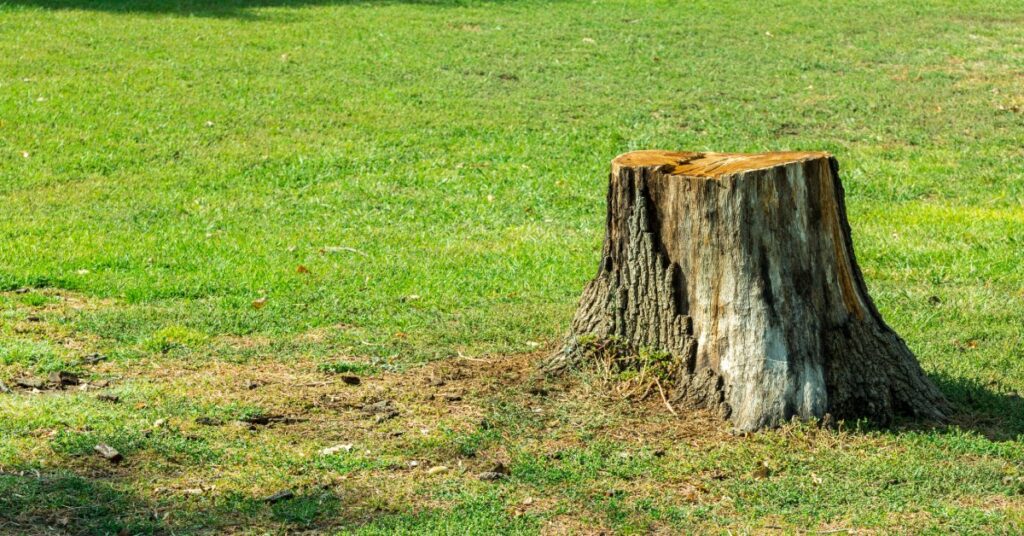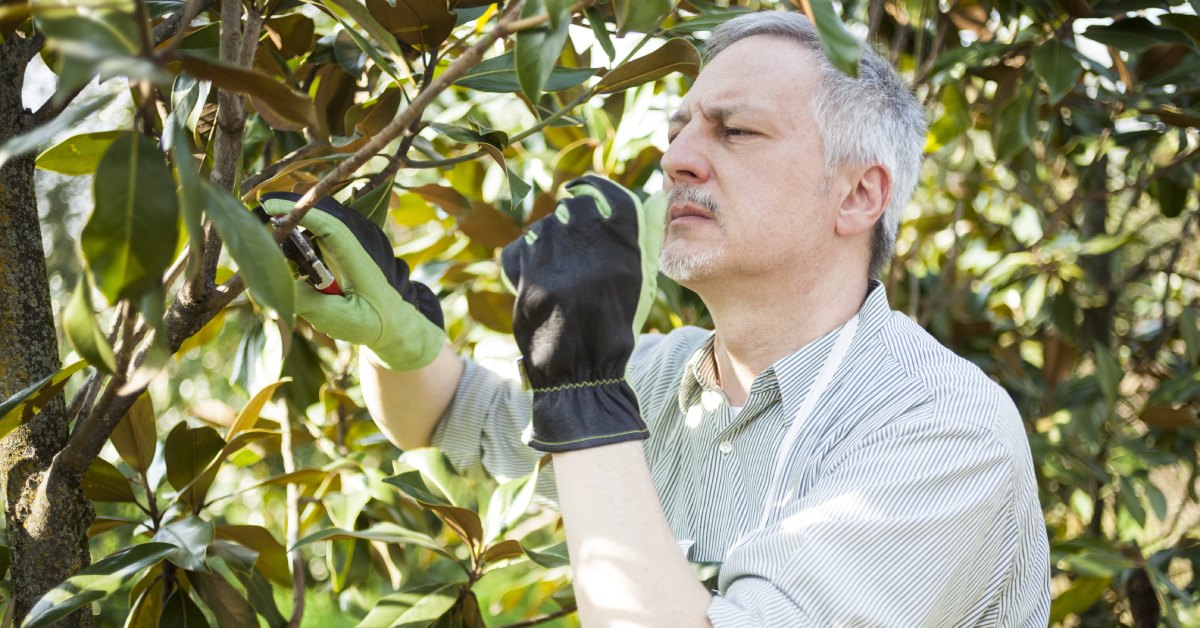Keeping your trees healthy is about more than just maintaining an aesthetic appeal—it’s also about safety and property value. Trees can be the crown jewels of your yard, but without proper care, they can become problematic. We’ll discuss common mistakes homeowners make in tree maintenance and provide tips to avoid them so that you can keep your green companions thriving.
Why Proper Tree Maintenance Is Essential
Proper tree maintenance is crucial for several reasons. Trees are living organisms that require care to grow strong and healthy. Neglecting them can lead to various problems, from diseases and pests to structural weaknesses that pose safety hazards. Meanwhile, well-maintained trees can enhance the beauty of your property, increase its value, and contribute to the overall well-being of the environment.
On the other hand, poorly maintained trees can become liabilities. They can drop branches, damage property, or even fall over entirely during storms. In addition, unhealthy trees are more susceptible to diseases and pests, which can quickly spread to other plants in your yard. By understanding the importance of tree maintenance, you can ensure that your trees remain assets rather than liabilities.
Common Mistakes in Tree Maintenance
Homeowners often make several errors when it comes to tree care. These mistakes can stem from being unaware of best practices. Understanding these common pitfalls can help you take better care of your trees and avoid potential problems down the road.
Neglecting Regular Inspections
Regular inspections are vital for maintaining the health of your trees. You can catch early signs of disease, pest infestations, or structural issues by periodically checking your trees. Neglecting these inspections allows problems to develop unnoticed, which can lead to more severe damage over time.
Inspect your trees at least once a season to avoid this mistake. Look for signs of discoloration, unusual growth patterns, or visible pests. Pay attention to the condition of the bark, leaves, and branches. If you notice anything unusual, consult a professional arborist for advice on how to proceed.
Improper Pruning Techniques
Pruning is essential to tree maintenance, but it’s easy to get wrong. Over-pruning can stress the tree and leave it vulnerable to disease. Meanwhile, under-pruning can lead to weak branches and poor growth. It’s important to strike a balance and prune your trees with care.
Start by learning the basics of tree pruning. Focus on removing dead or diseased branches and any that are crossing or rubbing against each other. Be mindful not to remove too much foliage at once, as doing so can weaken the tree.
Overwatering or Underwatering

Watering your trees may seem straightforward, but it’s another area where homeowners often make mistakes. Overwatering can drown the roots and lead to rot, while underwatering can cause stress and stunt growth. Finding the right balance is key to keeping your trees healthy.
Consider the specific needs of your trees to avoid overwatering or underwatering. Different species have different water requirements, so it’s essential to do your research. Pay attention to the weather and soil conditions, and adjust your watering schedule accordingly.
Ignoring Tree Placement
Tree placement is crucial for their long-term health and stability. Planting a tree too close to your house, power lines, or other structures can lead to problems as it grows. Roots can damage foundations, and branches can interfere with power lines or obstruct views.
Plan your tree placement carefully to avoid this issue. Consider the mature size of the tree and make sure there’s enough space for it to grow without causing problems. Also, consider the location of underground utilities and the proximity to buildings and other structures.
Neglecting Soil Health
Healthy soil is the foundation of healthy trees. Neglecting soil health can lead to poor growth, nutrient deficiencies, and increased susceptibility to disease. It’s important to regularly assess and maintain the quality of the soil around your trees.
Start this aspect of care by testing your soil. You can purchase a soil testing kit or send a sample to a local agricultural extension office. The results will give you valuable information about your soil’s pH level, nutrient content, and organic matter.
Failing To Mulch
Mulching is a simple yet effective way to promote tree health. It helps retain moisture, regulate soil temperature, and suppress weeds. However, many homeowners either neglect to mulch or apply it incorrectly.
Instead, you should make mulching a regular part of your tree care routine. Apply a layer of mulch around the base of your trees, extending out to the drip line. Keep the mulch a few inches away from the trunk to prevent moisture buildup and potential rot.
Incorrect Use of Chemicals
Chemicals such as herbicides and pesticides can be helpful in tree maintenance, but tree owners must use them correctly. Incorrect application can harm trees, other plants, and wildlife in your yard. It’s important to use these products responsibly.
If you want to steer clear of this problem, always read and follow the label instructions on any chemical products you use. Be careful of the timing and dosage, and avoid applying chemicals during windy conditions to prevent drift. Consider using organic or natural alternatives whenever possible.
Ignoring Stump Removal

Tree removal often leaves a stump behind. Ignoring stump removal can lead to several problems, including pest infestations, regrowth, and tripping hazards. Promptly address stumps to maintain your yard’s overall health and appearance.
Consider removing stumps as soon as possible after tree removal. Several methods for stump removal exist, including grinding, chemical treatments, and manual extraction. Hiring a professional for stump removal is best, so choose the service that suits your needs and budget.
How To Avoid These Mistakes
Avoiding common tree maintenance mistakes is easier than you might think. By following a few simple guidelines, you can keep your trees healthy and thriving. Start by scheduling regular inspections and learning the basics of proper pruning techniques.
Pay attention to your trees’ specific water and soil needs, and adjust your care routine accordingly. Be mindful of tree placement and ensure your trees have enough space to grow. Use mulch and chemicals responsibly, and don’t neglect stump removal when necessary.
When in doubt, consult a professional arborist for guidance. They can provide expert advice and services to help you maintain your trees and avoid common pitfalls. Investing in professional tree care can save you time, money, and headaches in the long run.
Let Watts Tree Service Take Care of Your Trees
By avoiding these common mistakes homeowners make in tree maintenance, you can ensure that your trees remain strong and healthy. Follow best practices to enjoy the many benefits that healthy trees provide, from enhanced property value to a beautiful and safe outdoor space.
If you need assistance with tree maintenance, including residential tree cutting, contact Watts Tree Service for professional and reliable help. Our team of experts is here to help you keep your trees in top condition.
Last modified: July 26, 2025

